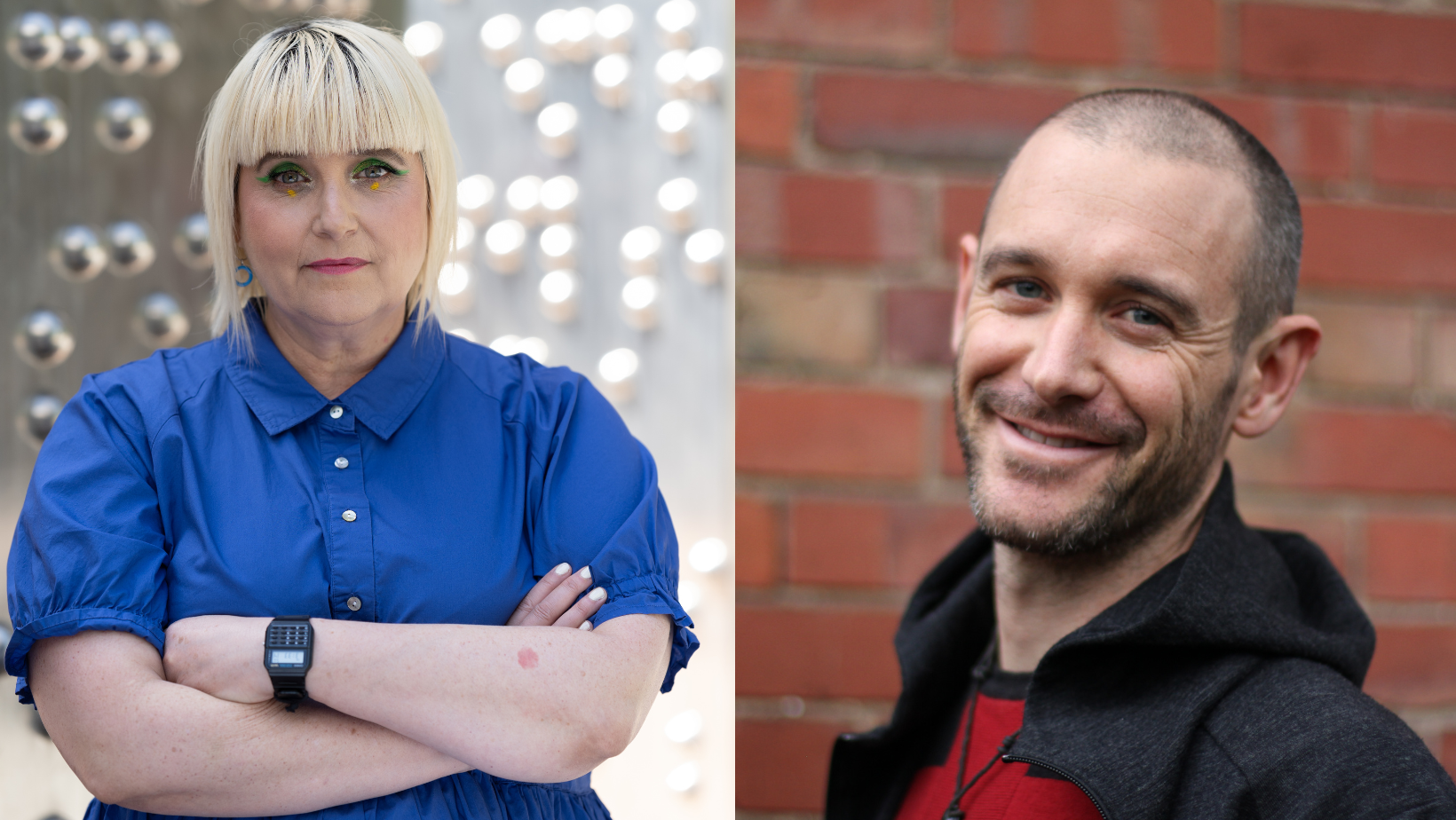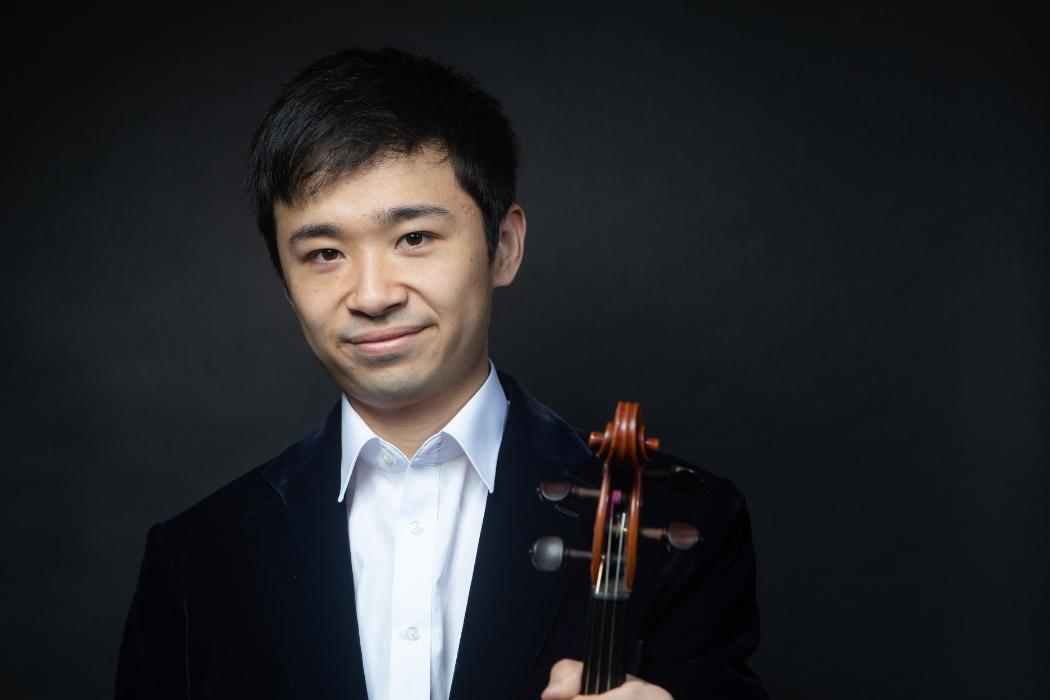“Only by playing period music on period instruments can one get an idea of the sound-world the various composers lived in,” Downie says.
“One is immediately aware of the clarity of the older instruments and change in register as one ascends from the focused, at times snarling bass, up into the treble registers with their clear articulate quality.
“These older instruments do not swamp the audience with a wash of sound and massive dynamic range. No early-19th century audience would have seen much need for that, because many concerts were performed in the intimate surroundings of apartments of wealthy patrons who could afford such pianos,” he says.
“As one’s ears adjust to the sound of the fortepiano, one is drawn into the wide range of sounds this instrument can produce and the clarity of all the parts. These instruments blend and balance beautifully with other instruments for chamber music and the dialogue between them is very much more apparent.”
Downie encountered his first harpsicord at just 10 years old, which sowed the seed, he says, for a lifelong fascination.
“At 23 I built my first harpsichord from scratch. After that I acquired drawings of antique instruments from museums in Europe and began building historical models. Then in the early ’80s, I went to Germany and worked with people in this field to extend my knowledge of early keyboard instruments. I visited important collections to be able to see these, first-hand, and take extensive photographs.”
Speaking German opened doors and his work with harpsichords led to the early piano, spurred by a love of the music of the period.
Along with restoring early pianos, Downie has since built five fortepianos from scratch; “three after Anton Walter [the most famous Viennese piano-maker of his time] circa 1795 and two instruments after the pre-eminent German maker Conrad Graf in Vienna 1826, one of which is at UC.
“There are a number of so-called ‘square pianos’ scattered around New Zealand, which are, in fact, rectangular and stand on four or more legs like a table. These date from the earliest, to my knowledge, 1774 to about 1860. Most early pianos in this country are from England, as one would expect, being a British colony. These early square pianos are perfect for the performance of period music, too. The workmanship is of a very high standard and the best available materials were always used.
The two ‘Viennese’ fortepianos in the South Island are a Walter at Otago University and a Graf at UC.
“While having keys, strings, dampers and pedals, these early pianos are more closely related to the earlier harpsichord building tradition than anything we call the modern piano today, which are the product of iron foundries, engineering factory mass-production techniques, CNC machining, polyester lacquers, chrome plating, plastic-covered keyboards, and the list goes on.
“With the very small lightweight hammers there is also speed of articulation and repetition possible. The small hammers excite strings much thinner than the modern piano and with the light strings there is much lower tension in the piano and no need for an iron frame. The all-wooden construction in the Graf instruments is brilliantly conceived and all the internal wooden structure is assembled almost like interlocking masonry for maximum strength. These fortepianos have survived two hundred years very well.”
The fortepiano evolved into the modern grand piano by the late-19th century and became the standard keyboard instrument. Only in the 1950s did builders turn their attention to the reconstruction of early pianos and harpsichords returning to the building techniques of the past.
What would Beethoven have thought?
“It’s pointless to say Beethoven would have loved the modern piano as we will never know, however one thing is certain, his music would have developed very differently had he had access to the later instrument. Throughout his composing life the piano changed dramatically and we can see quite clearly how his compositional style changed as a consequence, notwithstanding the rapid change in musical taste.”
The Arts Centre Chamber Series – Beethoven concert is a special joint venture with the Christchurch-based Travel Through Time series. Tickets are $20/$10 and are available via the Arts Centre's website and on the door.
The UC fortepiano
“The UC fortepiano is a copy of an instrument in the Vleeshuis in Antwerp by Conrad Graf in 1826,” Downie says. “He built in three very distinct styles and the UC piano is of the third and basically last style he was building.
“This fortepiano is veneered in book-matched flame mahogany in the style of the day. The white keys are beef bone, not ivory as would have been the case, and the black keys are ebony-veneered beech, not solid ebony, to reduce weight in the front of the key and thereby improve repetition. Surface finishes are shellac and traditional, animal gelatine-based glues.
“The pedals are: una corda pedal, which shifts the action to allowing the hammers to strike only two of the three strings that each note consists of – strictly speaking it should be a due corde pedal, but no point in being too pedantic! The right-hand pedal is the normal damper lift pedal, which has been part of the piano almost since its inception. The third pedal is the moderator, which introduces a strip of cloth between the strings and the hammers and produces a veiled ‘ghostly’ pianissimo. The fourth is the bassoon, which when depressed lowers a roll of vellum onto the strings in the bass to produce a buing reedy sort of sound. It is nearly always used in conjunction with the moderator pedal, according to contemporary sources.”
UC’s fortepiano was commissioned by Adjunct Associate Professor Roger Buckton while he was Head of Music at UC, and was funded by the UC Foundation and fundraising.


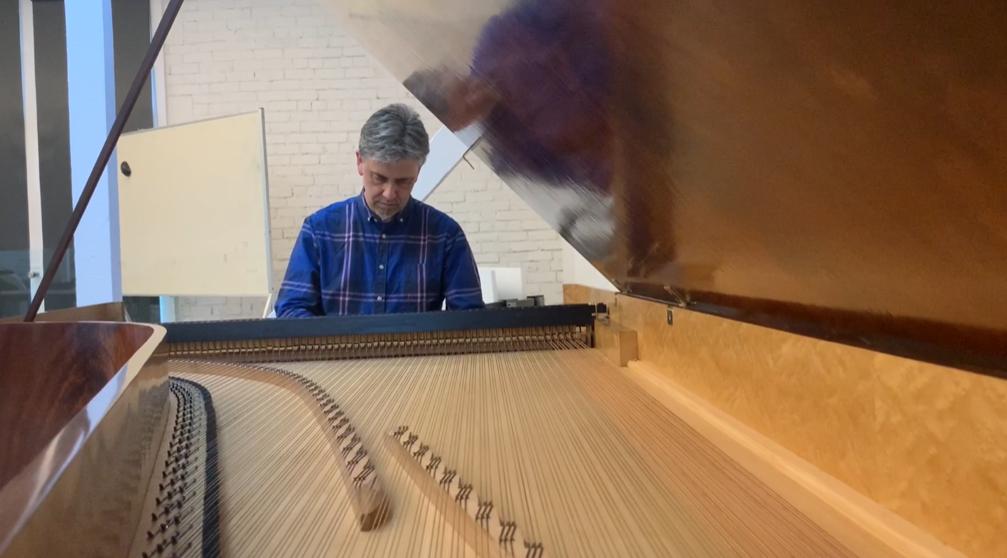
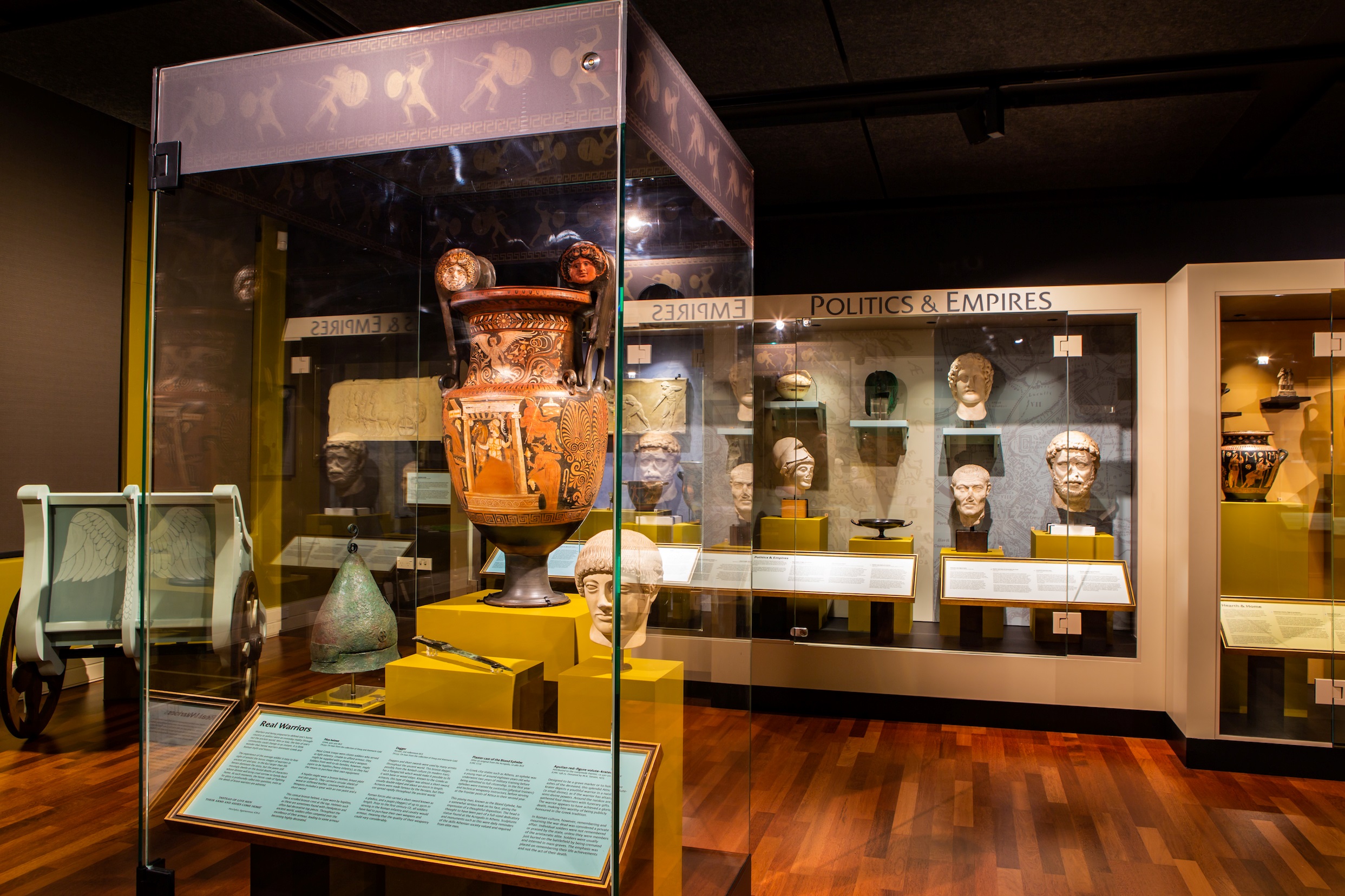
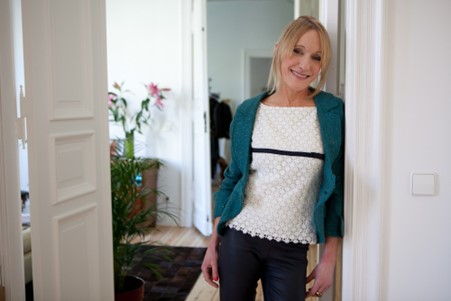

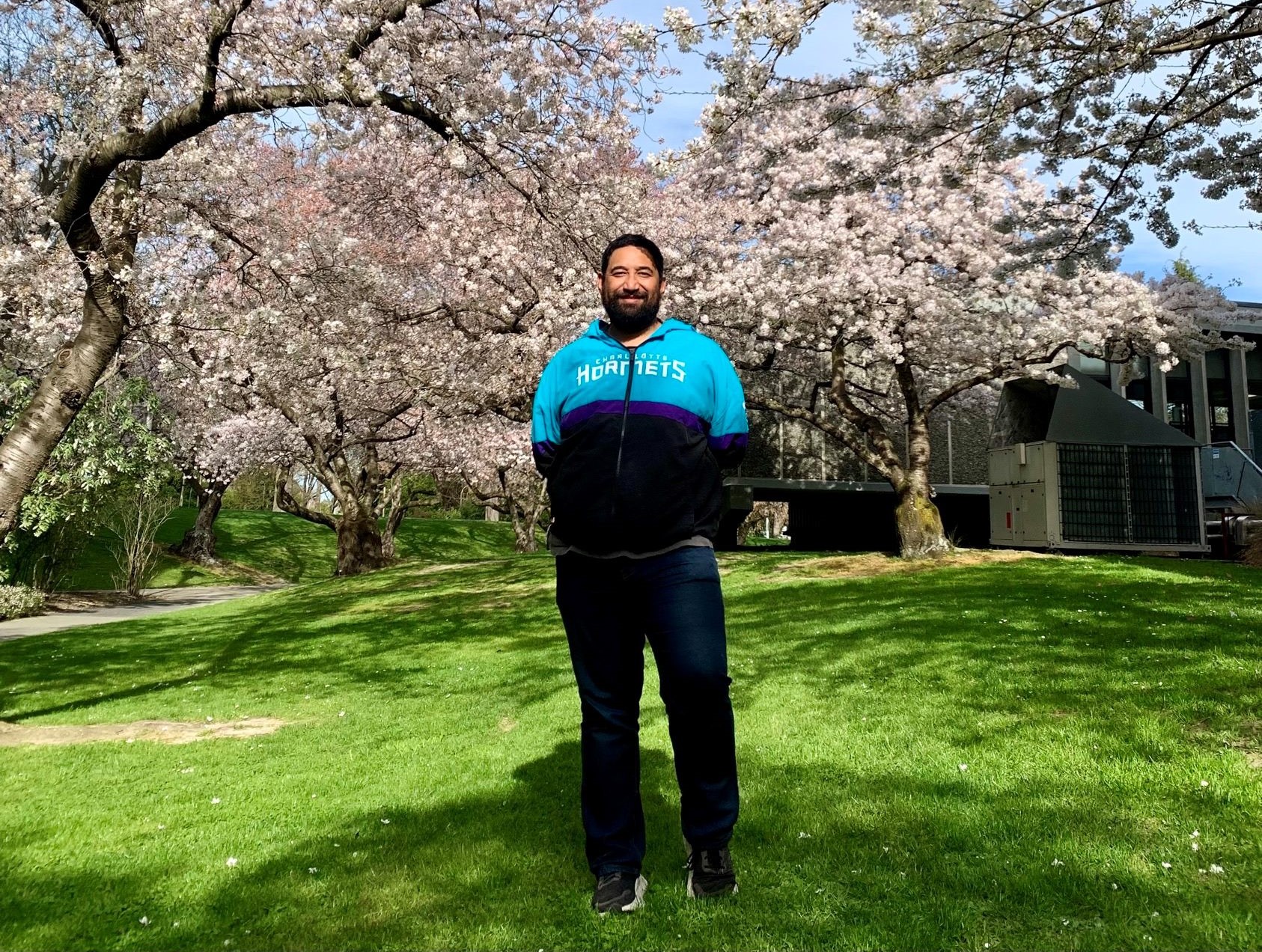
.png)


